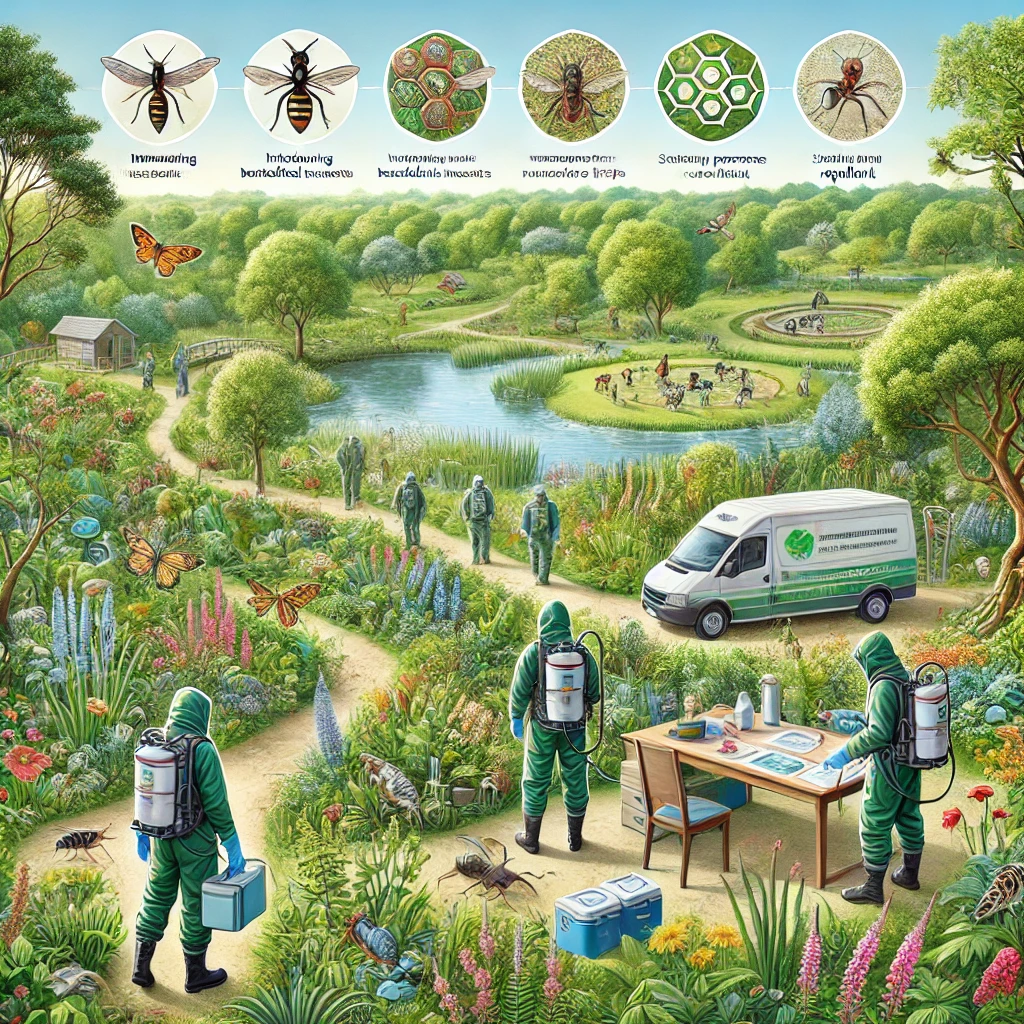Introduction to Pest Control in Natural Ecosystems and Parks
Pest control in natural ecosystems and parks is crucial for preserving ecological balance and maintaining the health of diverse plant and animal species. These areas face unique challenges due to their complexity and the need to protect biodiversity while managing pest populations effectively.
Non-Chemical Pest Control Methods
Non-chemical pest control methods are preferred in natural ecosystems and parks to minimize environmental impact. Biological control, which involves using natural predators or parasites to manage pest populations, is a common approach. For example, releasing ladybugs to control aphid populations can help maintain balance without introducing harmful chemicals. Additionally, habitat manipulation, such as creating refuges for beneficial insects, supports natural pest control processes.
Integrated Pest Management (IPM) Strategies
Integrated Pest Management (IPM) strategies are employed to combine multiple control methods for effective pest management. In natural ecosystems and parks, IPM involves monitoring pest populations, setting action thresholds, and implementing control measures based on pest density and environmental conditions. Strategies may include physical controls like traps or barriers, as well as cultural practices such as planting pest-resistant species.
Impact on Ecosystem Health
The impact of pest control methods on ecosystem health is a key consideration. Non-chemical and IPM approaches help protect biodiversity by avoiding the disruption of natural processes. For instance, using biological control methods preserves beneficial insect populations and reduces the risk of harming non-target species. Additionally, habitat management practices support ecosystem resilience and help maintain ecological balance.
Challenges and Considerations
Challenges in pest control within natural ecosystems and parks include balancing pest management with conservation goals and dealing with the complexities of managing diverse habitats. Effective pest control must consider the interactions between different species and the potential consequences of introducing new control agents. Ongoing research and adaptive management practices are essential for addressing these challenges and ensuring sustainable pest management.

